

DENVER, THE BRONCOS, AND A COMING OF AGE
TERRY FREI
Photographs by Kenn Bisio

Copyright 2008 by Terry Frei
All rights reserved. No part of this book may be reproduced in any form or by any electronic or mechanical means, including information storage and retrieval systems, without written permission from the publisher, except by a reviewer who may quote passages in a review.
Published by Taylor Trade Publishing
An imprint of The Rowman & Littlefield Publishing Group, Inc.
4501 Forbes Boulevard, Suite 200, Lanham, Maryland 20706
www.rlpgtrade.com
Estover Road, Plymouth PL6 7PY, United Kingdom
Distributed by NATIONAL BOOK NETWORK
Library of Congress Cataloging-in-Publication Data
Frei, Terry, 1955
77 : Denver, the Broncos, and a coming of age / Terry Frei.
p. cm.
Includes bibliographical references and index.
ISBN-13: 978-1-58979-213-5 (cloth : alk. paper)
ISBN-10: 1-58979-213-0 (cloth : alk. paper)
1. Denver Broncos (Football team)History. 2. FootballColoradoDenverHistory. I. Title. II. Title: Denver, the Broncos, and a coming of age.
GV936.D37F74 2008
796.332640978883dc22
2007033820
 The paper used in this publication meets the minimum requirements of American National Standard for Information SciencesPermanence of Paper for Printed Library Materials, ANSI/NISO Z39.481992.
The paper used in this publication meets the minimum requirements of American National Standard for Information SciencesPermanence of Paper for Printed Library Materials, ANSI/NISO Z39.481992.
Manufactured in the United States of America.
To Helen
And to the 77 Broncos
Contents
by Ron Zappolo
Foreword
There is nothing quite so special in life as a first: a first car, a first kiss, or just maybe a citys first championship. Thats what the 1977 Denver Broncos represented for both Denver and the entire Rocky Mountain region.
Denver in 1977 was a far different place than what it has become today. Thirty years ago it was dealing with a complex: how are we viewed by the major cities back east? Can we be favorably compared to them? Well, Denver did have NFL, NBA, and NHL franchises. But the Broncos were in many ways symbolic of the city. They were a team that had never made the playoffs in their sixteen years. And to some, they were best known for their embarrassingly gauche vertically striped sox.
And then came 1977. A team and its town were never the same again.
In 77:Denver, the Broncos, and a Coming of Age, Terry Frei gives us a unique view of what that team and this city were like. He gives us insight into the diverse group of people that turned that team around. There were many personalities and characters, but there were two people in particular who saved or reinvented their careers.
Head Coach Red Miller was a career assistant coach. Long overdue for a promotion, he finally got an opportunity to become a head coach and wasnt about to waste it. He was the perfect choice after the controversial way John Ralston lost the job. (You will read and learn things you never knew about the Dirty Dozen who tried to oust him.) Red was and still is a mans man who didnt mind getting down in the trenches and letting you know how he wanted it done.
Quarterback Craig Morton took a different path. After spending his career in the spotlight in Dallas and New York, his trade to Denver in 1977 gave the veteran a final chance to maximize what football he had left. And in any number of ways he was reborn. He was a veteran who didnt make mistakes and showed his team and a town what toughness was all about and what it really was like to play hurt.
But any analysis of the 77 Broncos has to start with the Orange Crush Defense, a defense loaded with characters and led by a stalwart corps of linebackers. Randy Gradishar, Tom Jackson, Bob Swenson, and Joe Rizzo came from different places and had different personalities, but on the football field they were the four horsemen. They worked in perfect unison. Standout defense has become almost expected in Denver, but the work of that unit of linebackers set the gold standard.
You will read about the life and times of Lyle Alzado, Barney Chavous, Rubin Carter, Haven Moses, Otis Armstrong, and Jumbo Andy Maurer and realize what an amazing story the run to the Super Bowl really was. That season put all of us in Denver, whether we covered the team or rooted for it, on the map.
This was Denver before LoDo. This was Denver before a certain other number 7 came on the scene. This was Denver before two Super Bowl rings.
This book reminds us of just how special that time was.
Ron Zappolo
News Anchor
Fox 31
Denver, Colorado
Acknowledgments
Editor Rick Rinehart of Taylor Trade has my gratitude for his continuing faithin me, in this book, and in Horns, Hogs, and Nixon Coming.
The men who covered the Broncos in that era as beat writers or columnistsespecially Dick Connor, Joe Sanchez, Steve Cameron, Woody Paige, and Bob Collinsdid great work that holds up on microfilm. Bob and Dick both left us too soon; I salute them and their memories.
The librarians at the Denver Post, the Colorado Historical Society, and the Denver Public Library were tolerant and helpful.
To expand on the dedication: Most of the 77 Broncos I contacted were gracious in agreeing to talk, open up, and trust me. I cant thank them enough. I fully understand as I write this that there have been many Broncos books and more are on the way. I hope 77 vindicates the decisions of those I contacted who did consent to speak with me.
ESPN.com has been supportive of all my book projects, and hockey editor Joy Russo has been a joy to work with the last couple of yearsthe period in which I often had my mind back in 1977.
And thanks again to the reading and feedback committeefriends, family, and compatriots. You know who you are. Sorry about all those attachments.
Authors Note
Material from my contemporary interviews is attributed in the present tensee.g., says and recalls. Quotes obtained from archival material are attributed in the past tense, and sources are cited in the notes following the text.
T.F.
INTRODUCTION
The Young Sportswriter, a Different Denver... and a Player Revolt
When Red Miller took over as the Broncos head coach, I was a grizzled veteran journalist. I had just turned 22 and had been a full-time sports writer at the Denver Post for a month.
It was an experiment.
A few years earlier, in Eugenewhere my father, former World War II fighter pilot Jerry Frei, was the head football coach of the University of Oregon DucksI took a South Eugene High journalism class in the fall of my junior year. Part of the class requirement was to submit stories to the Axe, the school paper. Intrigued when I heard my favorite disc jockey say on the air that he would speak at a forum in downtown Eugene sponsored by the Vietnam Veterans Against the War, I attended the meeting, listened, interviewed, took notesand turned in a story that would have been too long for the New Yorker. A much shorter version ran, and it was my first published newspaper story. My second was about the UO campus appearance of the former VVAW national leader, an ex-Navy man named John Kerry. The third, I think, was about the candy selection at the school store.
Next page

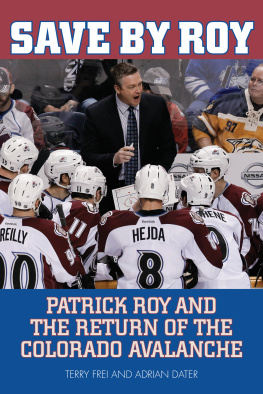
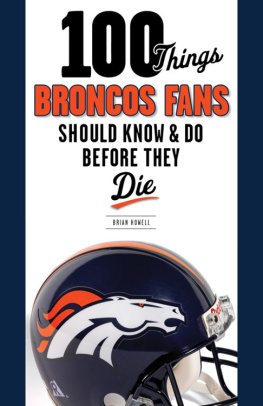
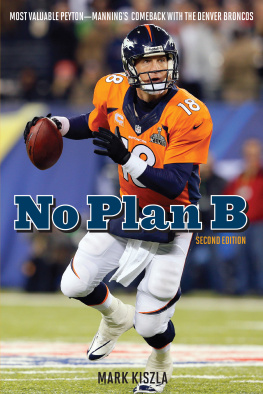

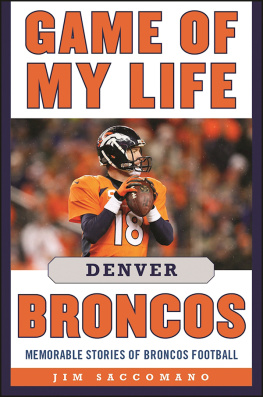
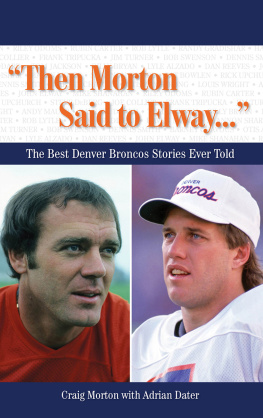

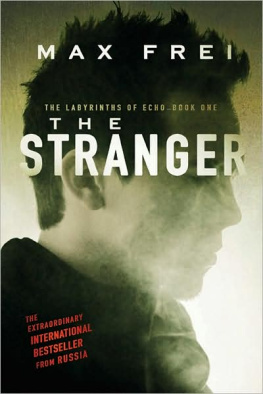



 The paper used in this publication meets the minimum requirements of American National Standard for Information SciencesPermanence of Paper for Printed Library Materials, ANSI/NISO Z39.481992.
The paper used in this publication meets the minimum requirements of American National Standard for Information SciencesPermanence of Paper for Printed Library Materials, ANSI/NISO Z39.481992.